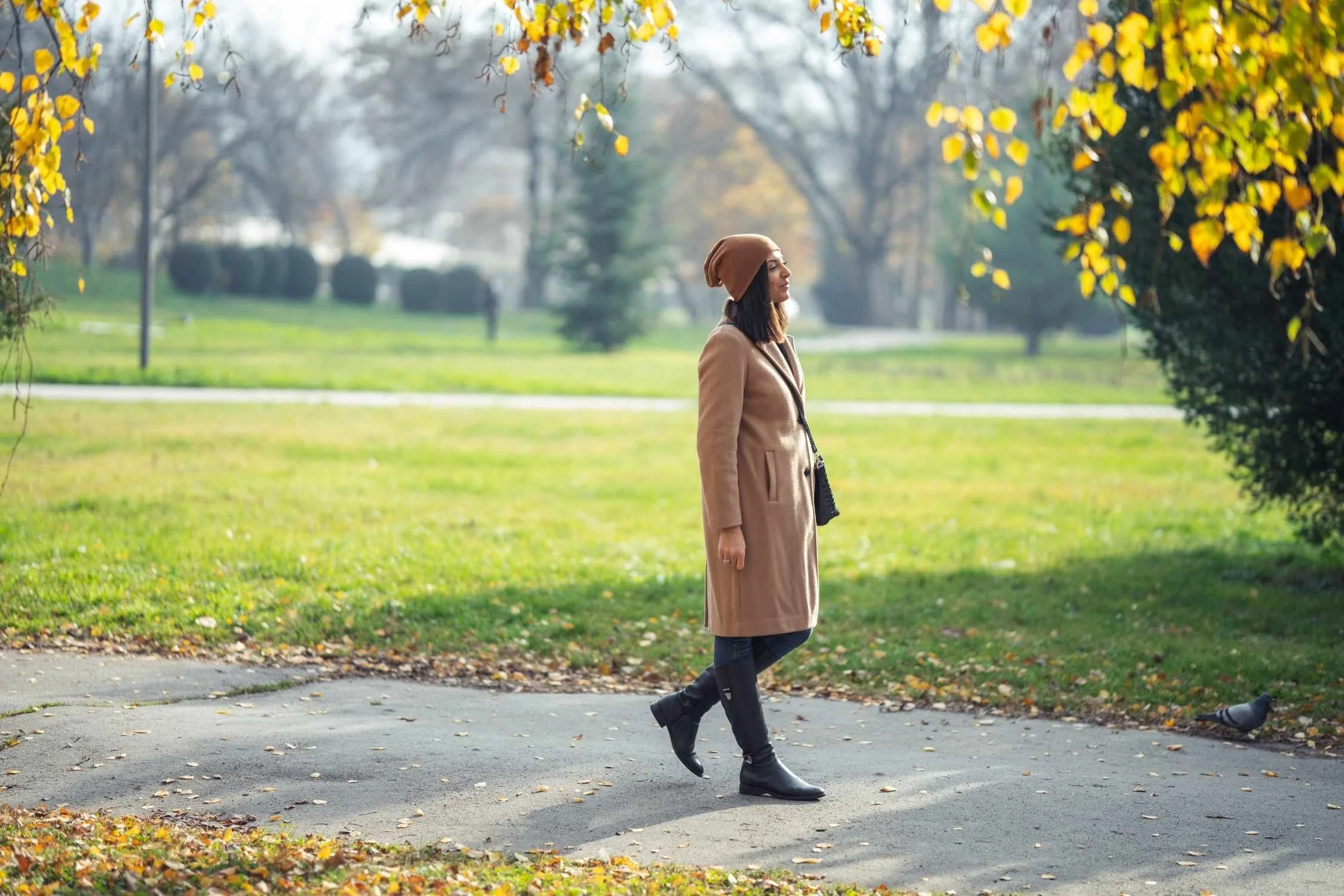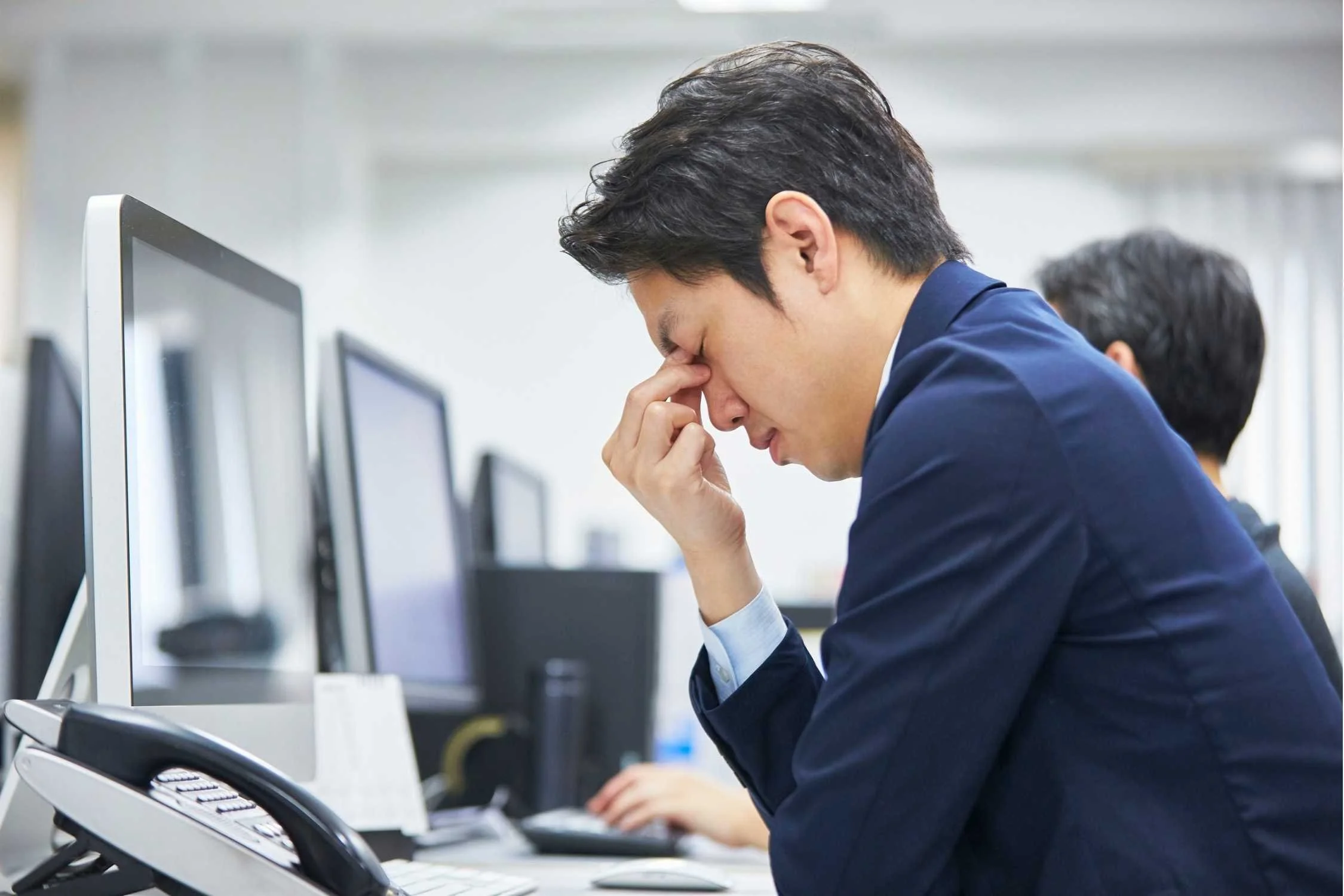
Recovery Guide
Concussion Alliance has created this concussion recovery guide to provide step-by-step information on how to navigate your recovery. We also have a recovery guide for children and adolescents, which includes return-to-school information. This guide is based on the 6th International Consensus on Concussion in Sport, which also has useful general guidance for concussion recovery.
Contents
Evaluation, remove from sport or further harm, professional medical evaluation
The first 24-48 hours: don't cocoon, walking, reduce screen time
What to take in the first 48 hours (medication)
Other Do’s and Don’ts Early in Recovery
About screen time (phones, computers, TVs)
Request referral for early care for some symptoms
Evaluation: remove from sports or further harm, evaluate if an ER visit is necessary, see a medical professional within 2 days
Remove from the field of play (sports), or from further activity (non-sports).
If a medical professional is not available, use the Concussion Recognition Tool 6 to evaluate for a concussion.
Evaluate if a trip to the ER is necessary: use the Concussion Recognition Tool 6 or see our page Immediate Care. The CATT Concussion Pathway is a useful decision-tree chart for the evaluation and management of a concussion, including evaluating when to go to the ER.
If a concussion is suspected, get a medical evaluation within two days. The medical assessment should include a comprehensive history and detailed neurological examination, including a thorough assessment of mental status, cognitive functioning, sleep/wake disturbance, ocular function, vestibular function, gait, balance, and mental health screening.
The medical professional should inquire whether there has been improvement or deterioration since the time of injury.
The Concussion Recognition Tool (CRT6) is here, or click on the image above.
The CRT6 is to be used by “non-medically trained individuals for the identification and management of a suspected concussion.”
The Concussion Pathway is here, or click on the image below.
The Concussion Pathway is a flowchart outlining the steps for managing a concussion produced by CATT.
The first 24-48 hours: Don't cocoon! Relative rest, walking, reduced screen time
Don’t cocoon
Many patients are inaccurately told by friends and healthcare providers (those who are not up-to-date on the most recent guidelines) to rest until all symptoms are gone and to stay in a dark room; this is called “cocooning.” Cocooning is outdated advice that impedes recovery. Do NOT lie in a darkened room resting for extended periods during the day, even in the first 24-48 hours.
Do activities of daily living
The newest guidelines recommend “relative rest” starting immediately after a concussion and up to 48 hours after the concussion. “Relative rest” includes doing activities of daily living even in the first 24-48 hours after the injury. Activities of daily living include light household chores like preparing a meal, washing the dishes, visiting with friends and family in a calm environment, etc.
Also included in “relative rest” are “other light physical and cognitive activities are permitted as tolerated.”
Do light-intensity physical activity in the first 24 hours, such as walking
“Relative rest” includes a “return to light-intensity physical activity, such as light walking that does not more than mildly exacerbate symptoms, during the initial 24–48 hours following a concussion.”
Starting light-intensity physical activity in the first 24-48 hours after a concussion reduces the risk of symptoms persisting longer than a month.
Reduce screen time to speed recovery
“Relative rest” includes reducing screen time in the first 48 hours; this lessens “cognitive exertion.” This recommendation is based on research that found that in the first 24-48 hours after a concussion, patients who limited their screen time to 130 minutes total, or 65 minutes a day for the first two days, recovered in half the time of patients who did not limit their screen time. Screen time includes phones, computers, and TV.
What to take in the first 48 hours
See our Medication article about over-the-counter medications such as acetaminophen for pain relief and melatonin, which has been shown to support recovery from concussions.
Other Do's and Don'ts Early in Recovery
A concussion patient does not need to be woken up every hour at night. Allow a concussion patient to sleep through the night.
“Ask your healthcare provider for written instructions about when you can safely return to work, school, or other activities, such as driving a car.” Reaction time, vision, and thinking may be affected by a concussion.
“Don't do activities with risk of falls or re-injury, play sports, do heavy chores or activities that could lead to another concussion or cause symptoms to worsen.”
Prioritize your mental well-being. Stay connected with friends–for instance, with a phone call.
Manage your energy; see this guide on managing energy and fatigue after a concussion.
Exercise After 48 Hours
Start with mild-intensity exercise and gradually progress to moderate-intensity exercise
Guidelines now recommend starting exercise after 24-48 hours as tolerated and suggest “walking or stationary cycling while avoiding the risk of contact, collision or fall.” Working with a physical therapist to help you tailor your return to exercise based on an exercise test that measures your heart rate is ideal.
Do light-intensity physical activity such as 15-30 minute walks or riding an upright or recumbent stationary bicycle. Use caution if you have symptoms like dizziness or light-headedness, which may increase your risk of falling; a stationary bike is the safest option in this case.
As your symptom severity decreases, you can slowly progress to moderate-intensity exercise. For more information, visit our page on Aerobic Exercise Therapy.
How to judge if you are doing mild-intensity exercise
It is OK if this light-intensity physical activity worsens symptoms only a little bit and if, within an hour of exercising, symptom levels go back to where they were before exercising.
Specifically, when exercising, your symptoms should not worsen more than 1-2 points on a 10-point scale (based on your impression of symptoms) compared to how symptoms were before exercising.
If light-intensity physical activity increases symptoms more than a little bit (more than 2 points), stop the activity, and the next time you do physical activity, make the activity a bit lighter.
If worsened symptoms persist for more than one hour after stopping the activity, then make your physical activity somewhat less vigorous the next time you do it.
For more information, see our page on:
About screen time (phones, computers, TVs)
Guidelines recommend reducing screen time in the first 48 hours, based on research that found that in the first 24-48 hours after a concussion, patients who limited their screen time to 65 minutes a day for the first two days recovered in half the time of patients who did not limit their screen time. Screen time includes phones, computers, and TV. To learn more, read our blog post.
After this 48-hour period, Pedsconcussion recommends that “the use of devices with screens may be gradually resumed. The use of screens can be “increased according to symptom tolerance” while recovering. In general, “keep screen time at a moderate level and cut back if screen time is making symptoms worse.”
Read the research behind the recommendation of moderate levels of screen time in our blog post.
Keep in mind that phones are essential to staying connected socially and maintaining a sense of identity, as are video games for some. Not using these digital devices can increase the risk of developing or worsening depression and anxiety–which can prolong recovery from a concussion.
Computers are integral to school and work life, so screens need to be included in the recovery process. Apps and devices can reduce the visual strain of screens (see the section below). Prolonged sensitivity to screens may indicate that the concussion has created a vision problem; see our section on Vision Therapy.
Request referral for early care for some symptoms
Dizziness, neck pain, headaches
If dizziness, neck pain and/or headaches persist for more than 10 days, cervicovestibular rehabilitation is recommended.” Cervicovestibular rehabilitation is an integrated therapy that combines neck and balance treatment. See our resources on Physical Therapy and Vestibular Therapy for more information.
Although not mentioned in the guidelines, it can take time to get in to see a physical therapist. Therefore, if you are experiencing persisting dizziness, neck pain, and/or headaches, it may make sense to request a referral to a physical therapist with cervicovestibular experience as soon as possible or during your first doctor’s visit, since referrals take time to process. Read more about this on our Physical Therapy resource.
Mental health issues
Recommendations for physicians caring for children and adolescents include this advice:
”Consider early referral (< 4 weeks) [to a mental health provider] if child/adolescent has modifiers that may delay recovery/high risk of prolonged post-concussion symptoms.” The modifiers, or complicating factors, include previous “mental illness, family history of mental illness, migraine, current stress level, and any other modifiers that may delay recovery.”
In addition, concussion patients of all ages may benefit from referral to a mental health provider if symptoms persist beyond 4 weeks.
For more information, see our pages on:
Seek care for persisting symptoms
For all age groups, symptoms are defined as “persisting symptoms” if they last more than four weeks.
If you experience worsening symptoms or your symptoms persist for longer than a few weeks, we strongly recommend you follow up with a medical provider to re-evaluate you and provide additional recommendations. Current guidelines suggest seeking specialized care in these time frames:
Time frames to seek care
Neck pain, headaches, and/or dizziness: if these symptoms last more than 10 days post-concussion, see a physical therapist for cervicovestibular (neck and vestibular) rehabilitation. See our resources on Physical Therapy and Vestibular Therapy for more information.
Sleep disturbance: If you have “sleep disturbance in the 10 days after” a concussion, see a sleep specialist for evaluation and treatment. See our resource Sleep and Sleep Problems.
Vision problems after a concussion: After 4 weeks, referral to a specialist in diagnosing concussion-related vision issues may be necessary; see our Vision Therapy resource.
Mental health issues: If you experience new or worsening mental health problems, including symptoms of anxiety, depression, or PTSD, contact a mental health professional to seek care as soon as possible. Concussions can affect your mental health both through the physical injury itself and the difficulty of navigating symptoms during recovery. See our resources Mental Health, Mental Health Among High Schoolers, and The Invisible Injury. We also recommend this flyer on mental health challenges after a concussion here.
For other concussion symptoms that persist, worsen, or are not progressively resolving, seek care between 2 and 4 weeks after the injury. “A multimodal evaluation and referral for rehabilitation is recommended.” See our resource Concussion and Rehabilitation Clinics.
Additional things to know about Rehabilitation
Active rehabilitation is recommended for persisting symptoms. Rehabilitation is preferably provided by a collaborative or multidisciplinary care team; see our resource on Concussion and Rehabilitation Clinics and Overview: Treatments and Self-Care for starting points.
Subsymptom threshold aerobic exercise (as outlined above) should be considered in “combination with other treatments.”
If your progression through return-to-learn (scroll down on the page we’ve linked to), return-to-sport, or return-to-work stages causes a recurrence of symptoms, ask your healthcare provider for “re-evaluation and referral for rehabilitation.”
Finding healthcare for persisting symptoms
It can be challenging to find a multidisciplinary care team. Some locations have concussion clinics that have a team of providers, such as physical therapists and neuropsychologists, that can provide multidisciplinary care. Most cities have outpatient rehabilitation clinics, often associated with hospitals, that have extensive expertise with persisting concussion symptoms and a team of healthcare providers (PTs, OTs, neuropsychologists). To read more, see our resource Concussion and Rehabilitation Clinics.
If you are seeing a medical professional who is telling you that you need long-term rest for persisting symptoms after a concussion, consider finding a different doctor who is informed about current concussion management.
How frequently do people develop persisting symptoms after a concussion?
Researchers have reported varying percentages of people with concussions who then develop prolonged symptoms. A 2022 study found that “50% reported three or more symptoms at a year after their injury, and >70% reported at least one problematic symptom.” A 2018 study estimated that between 11.4% and 38.7% of people with concussions will develop postconcussion syndrome.
A 2014 study explains that "By the age of sixteen, one in five children will sustain a mild traumatic brain injury (concussion). Our research found that one in seven school children with mild traumatic brain injury suffer postconcussion syndrome symptoms for three months or longer." Another 2014 study approximated that "10% to 20% of individuals" develop postconcussion syndrome.
For more information, see our pages on:
Information about medication
Medications can help manage concussion symptoms, but they do not treat the concussion itself; no medication has yet been developed to treat concussion directly. See our page on medication that discusses the use of medication to help address symptoms that follow the concussion.
Leading doctors recommend that medication should not be prescribed in isolation but with professional therapists (PT, OT) and lifestyle interventions.
For more information, see our page on:
Vision therapy is an important rehab to consider
A joint statement by the College of Optometrists in Vision Development (COVD) and the Neuro-Optometric Rehabilitation Association (NORA) recommends that concussion patients be given an optometric evaluation and vision rehabilitation if necessary. "Vision-related problems are often overlooked" and can manifest in the form of "headaches, difficulty thinking, memory problems, attention deficits, mood swings, and frustration.” For more information, see our page on Vision Therapy.
Concussion Alliance knows numerous concussion patients with persistent symptoms who have recovered fully or improved significantly after doing vision therapy. A few concussion clinics offer vision therapy, but usually, you have to seek out a specialized vision therapy clinic.
For more information, see our page on:
Additional Therapies
An important therapy to consider is cognitive behavioral therapy (CBT) to deal with any persistent mood or behavioral issues. See Cognitive Behavioral Therapy (CBT)
Read about a range of treatment options on our website
For further information, see our Treatments and Self-Care page, which includes the following types of treatments:
Medical and Rehabilitative Care
Complementary and Alternative Care
Learn About Different Kinds of Healthcare Providers
Self-Care









